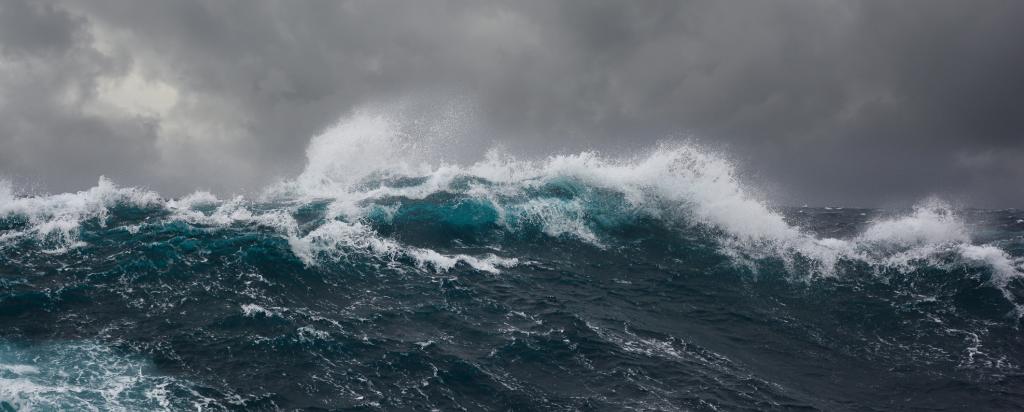
Published on the 15th July 2015 by ANSTO Staff
Radiocarbon analyses on corals from two sites in Australian waters of the southwest (SW) Pacific has indicated significant changes in ocean circulation in the Pacific and large climate variability during the early to mid-Holocene period (8,000-5,400 years ago). Traditionally the Holocene had been considered warm with relatively stable climate.1
The ocean plays a critical role in modulating the earth’s climate. Information of large variations in ocean circulation using radiocarbon can be used to improve our knowledge o dramatic climate shifts in the past.
“Radiocarbon is not only well-known as an excellent dating tool for the past 50,000 years, but also a powerful tracer for climate and ocean circulation studies,” said Principal Environmental Research Scientist Quan Hua, who recently collaborated with researchers from the University of Queensland, Queensland University of Technology and the Australian National University.
“Radiocarbon can be used to verify global ocean models which underpin future climate predictions and impacts.”
Hua and his co-investigators took coral samples from two sites in SW Pacific waters, Heron Reef in the southern Great Barrier Reef and Moreton Bay along the eastern coast of Australia. Surface waters reaching these areas derive mainly from the East Australian Current that originates from the Southern Branch of the eastward flowing South Equatorial Current.
Researchers at the University of Queensland dated (40) coral samples using the thorium-230/uranium-234 method. Hua has analysed the carbon-14 content of coral samples with 3-10 years of growth using accelerator mass spectrometry (AMS) on the STAR instrument at ANSTO’s Centre for Accelerator Science. The results have been published recently, with Earth and Planetary Science Letters reporting large temporal variations in the marine radiocarbon reservoir effect, a radiocarbon aging effect of the surface ocean compared to the atmosphere, during the mid-Holocene period (8,000-5,400 years ago) for SW Pacific.
“The timing and magnitude of the variations in our SW Pacific radiocarbon data are similar to those previously published for other sites across the Pacific including southern Peru – northern Chile in the east, and Vanuatu, Papua New Guinea and the South China Sea in the west, indicating that these variations may not be due to local factors only,” said Hua.
The tropical east Pacific (TEP) is a well-known source of unusually cold, upwelled waters. This ocean upwelling brings old subsurface water to the surface. Variability in the magnitude and frequency of ocean upwelling in the TEP and changes in the contribution of the Subantarctic Mode Water to these upwelled waters are involved, according to the investigators.
Variations in the Pacific-wide ocean which are affected by La Niña and El Niño, the intensity of east trade winds and the position of the Intertropical and South Pacific Convergence Zones, control the spread of the old upwelled surface waters in the TEP to the west including the study sites in SW Pacific.
“Our results will also improve radiocarbon dating of Holocene marine samples not only for the SW Pacific but also for other tropical and subtropical sites in the Pacific because they reflect the true nature of marine conditions at these sites,” said Hua.
Reference
1. Elmore, A.C., Wright, J.D., Southon, J., 2015, Continued meltwater influence on North Atlantic Deep Water instabilities during the early Holocene, Marine Geology 360, 17-24.